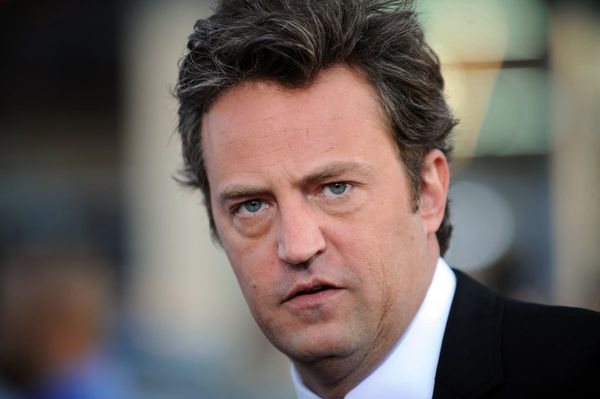Spain, Portugal and some of south-west France suffered a massive power cut on Monday, with major cities including Madrid, Barcelona and Lisbon among those affected.
Houses, offices, trains, traffic lights and even the Madrid Open tennis tournament were all hit, causing chaos for millions of people and prompting a scramble by the Spanish and Portuguese governments and network operators to understand the problem and race to fix it.
What happened?
Red Eléctrica de España (REE), Spain’s electric network, said Spain and Portugal were hit by “el cero” – the zero. Its Portuguese counterpart, Redes Energéticas Nacionais (REN), said the outage started at 11.33am western European summer time.
By mid-afternoon the Spanish operator, which is partly state-owned, said it had started to recover voltage in the north, south and west of the Iberian peninsula. The recovery process could only be carried out gradually, to avoid overloading parts of the grid as each generator connects.
Endesa, Spain’s largest energy utility with 10 million customers, and Iberdrola, the second largest provider, said they were working with REE in accordance with established protocols.
What caused it?
The Portuguese prime minister, Luís Montenegro, said the issue originated in Spain. Spain’s REE did not make any statements on the causes of the blackout.
Reports on Monday initially blamed a “rare atmospheric phenomenon” for the outage, with news agencies citing REN. However, REN on Tuesday said the statement was falsely attributed to it.
The risks posed to electrical systems by big variations in atmospheric temperatures are well known in the industry, although it is rare for problems to manifest on the scale of Monday’s blackout.
“Due to the variation of the temperature, the parameters of the conductor change slightly,” said Taco Engelaar, the managing director at Neara, a software provider to energy utilities.
Vibration causes the conductor’s amplitude – its ability to transport electrons – to reduce significantly, meaning supply cannot be linked to demand properly.
Georg Zachmann, a senior fellow at Bruegel, a Brussels thinktank, said the system had suffered “cascading disconnections of power plants” – including one in France – when the frequency of the grid dropped below the European standard of 50Hz.
Could it have been it foul play?
The European Council president, António Costa, who was Portugal’s prime minister from 2015 to 2024, said “there is no evidence that it was a cyber-attack”, but cautioned that the ultimate cause was still unclear.
A senior European Commission vice-president, Teresa Ribera, also told Spain’s Radio 5 that there was no evidence of a deliberate act having caused the outage.
However, Spain’s national security council was convened on Monday to assess the outage. Portugal’s prime minister said it was too early to say for sure what caused the blackout.
What is the role of renewables?
Spain is on its way to being a green energy leader: it has abundant sun and wind. Last year was a record period for renewable power generation, which accounted for 56% of all electricity used. By 2030 that proportion will rise to 81%.
That shift will help Spain end its reliance on energy imports, but it also brings its own challenges. Every national grid in the world will need to spend heavily to upgrade distribution systems to connect scattered renewable generation and ensure it is balanced.
What is grid balancing?
The grid needs constant management to ensure it is not overloaded by too much generation, or left short by too little. Power stations will shut down automatically if the frequency breaks out of normal range. To restart, they must then be reconnected to users.
Balancing has been important as long as there has been a grid, but there is more focus on the issue because of the rapid switch to renewables such as solar and wind, which are intermittent.
Spinning gas turbines have been the standard technology for managing the frequency for decades, but renewables will need investment in other options such as flywheels or advanced power electronics.
“You cannot ignore it,” Bruegel’s Zachmann said. “You need the tools to keep the system running.”
Did international connections cause problems?
Engelaar said such a widespread failure was “extremely unusual”. However, there have been previous examples. In 2003 a problem with a hydroelectric power line between Italy and Switzerland caused a huge outage across Italy for about 12 hours. A 2006 German power overload caused outages as far away as Portugal and Morocco.
“Interconnection between countries is vital for sharing clean energy, but it also creates new pathways for failure to spread quickly,” Engelaar said.
However, Zachmann said interconnections also helped to prevent problems from getting worse. The interconnector with France will make it “much easier to bring the electricity system back”.
“Yes, problems spill over but at the same time the larger system acts as a buffer and prevents the crisis escalating,” he said.
• This article was amended on 29 April 2025 to remove a quote, incorrectly attributed to REN, stating that a “rare atmospheric phenomenon” had caused the outage.







